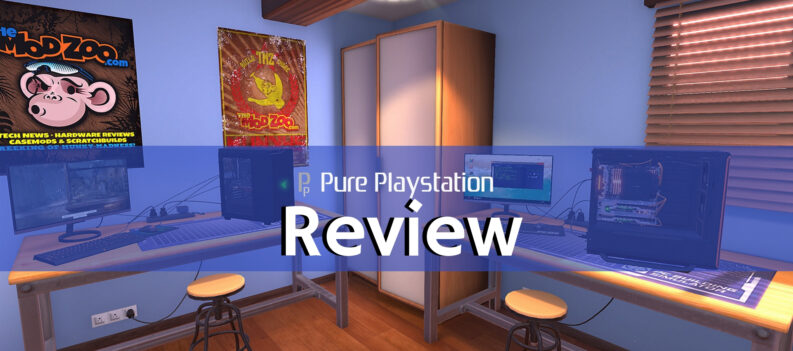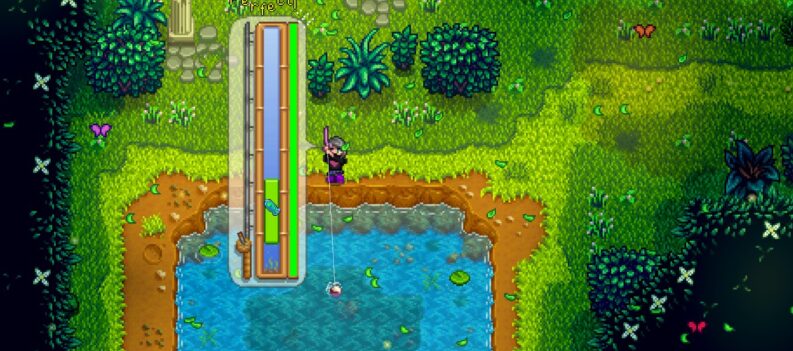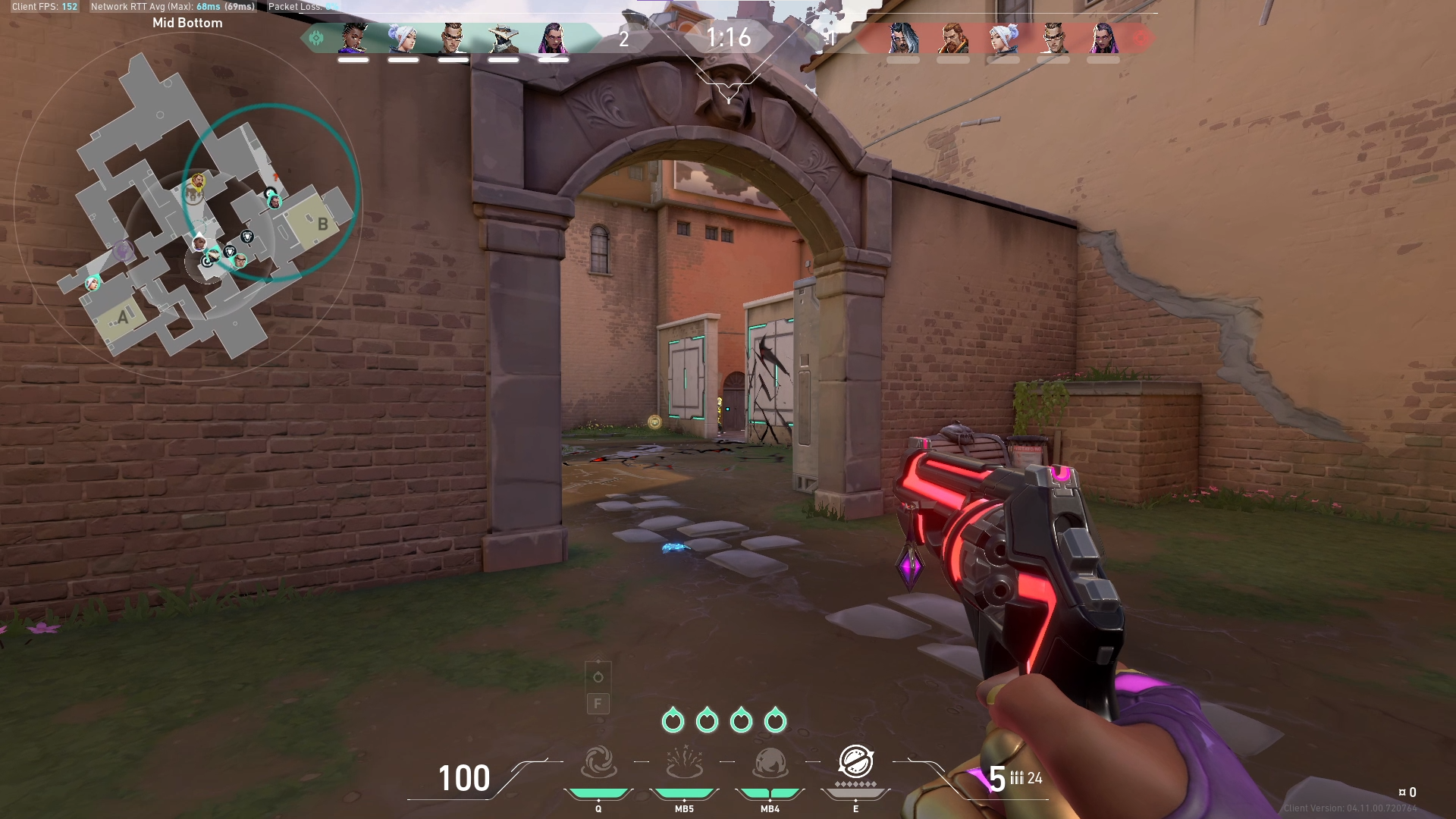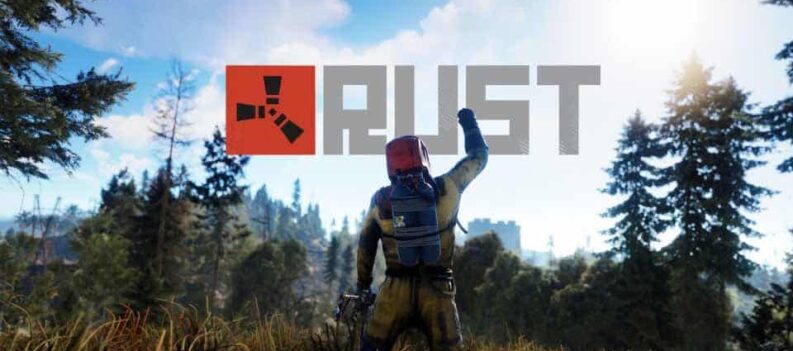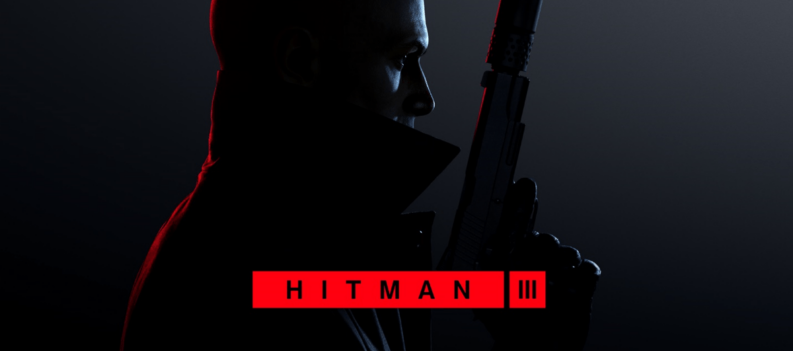You probably didn’t get the chance to play either Vasara 1 or 2 when they released to Japanese arcades in the early 2000s. I don’t mean to besmirch your gaming cred, so if you were roaming the streets of Japan and playing these games at the turn of the century, please feel free to call me out in the comments. For the rest of us, QUByte Interactive bringing these Visco “shoot ’em up” classics to both the PS4 and the PS Vita is an unexpected treat. Each version comes with its own exclusive features, which, sadly, is probably why it’s not a cross-buy release. I only played the Vita version so this review will obviously focus on that.
The story, which is based on an alternate Japanese history, is told with subtitles and flashing images of traditional looking bad guys mean-mugging the camera. I apologize for not paying more attention to the story, but I only signed up to dodge roughly seven bazillion bullets while killing everything that moved. And that’s exactly what I did.
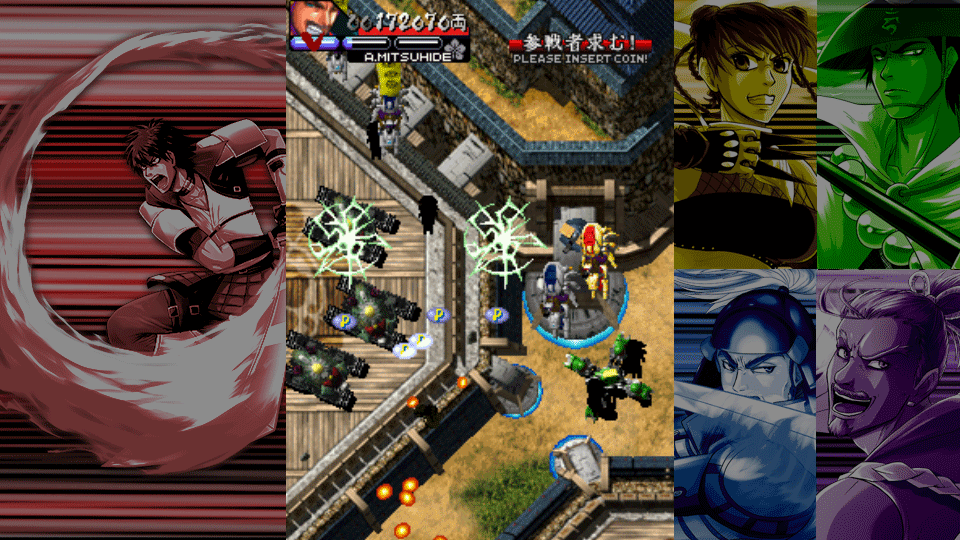
This is called a collection for a reason. Both Vasara 1 and 2 are here. A little research told me that they released only a year apart back in the day, and that explains why they both feel and look similar. Apparently, there wasn’t a huge boost in gaming visuals during those 365 days. Both Vasara one and two are shoot em ups, or shmups, as they are affectionately called, so they won’t exactly be pushing the PS4 or even the Vita’s graphical boundaries. In other words, they look like classic arcade “shoot ’em ups”. If you are new to “shmups”, you’ll be piloting a tiny ship traveling vertically destroying hundreds of enemies while they shoot literally thousands of bullets at you. It’s this “bullet hell” that makes these games so notoriously hard and exciting. Getting in the zone and dodging a nearly impossible-to-dodge volley of bullets is what keeps fans of the genre coming back for more time and time again.
This vertically based gameplay needed some compromises on the widescreen Vita. It uses some Japanese themed borders on the left and right, which means the gameplay only takes up a third of the screen. It’s jarring at first, but a skinny vertical screen is how these games were meant to be played, and once the action starts, it becomes completely natural. The Vita version offers a vertical version, which uses the entire screen, but you’ll need to hold the Vita sideways with customizable controls. I played a great deal of the game this way and thought it played fine. I did like the full screen but one quirk I noticed was that while everything else moved to accommodate the new vertical screen, the trophy notifications still came in in the same spot. The text popping up sideways in the right corner inevitably covered up some bullets or action that I needed to see. It wasn’t that big of a deal, but I found it strange that trophy notifications didn’t revert to the top of the screen in this mode. Again, not a deal-breaker, but this issue combined with it being less comfortable to hold for extended sessions made the traditional screen my choice. However, it’s cool to the have the option and I’m sure some players will prefer this alternate mode.
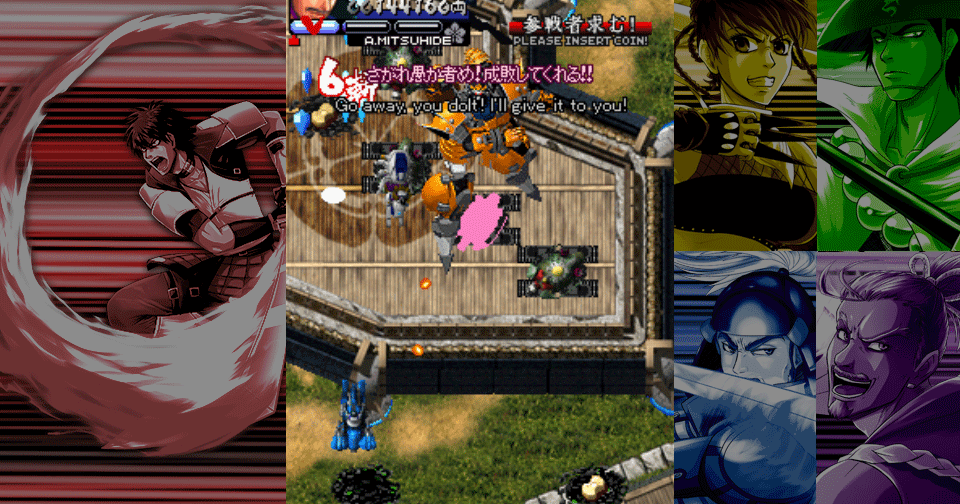
Vasara isn’t a groundbreaker in the genre, necessarily, but they do bring a few things to the table to make them stand out. It’s a “shoot ’em up” so of course, your little ship has a primary fire mode that you will be constantly upgrading via pickups from the enemies that you kill. You also have a finite number of “bombs” that you can deploy to erase all of the bad guys on the screen. Learning when to use these is always the key to mastering a good “bullet hell” game. It’s the Vasara melee attack that really sets it apart. It does impressive damage, and more importantly, protects you from incoming fire.
The levels are typically short and crammed full of action. They each feature several mini-bosses along the way and a big boss at the end. They really are action-packed, and I’m glad the game features multiple difficulty levels to keep me from tossing my poor Vita across the room.
The controls feel tight and responsive, so when you eventually blow up into hundreds of tiny pixels, you’ll have only your old and failing reflexes to blame. The game looks great as well. With “shoot ’em ups”, it’s on the developers to make sure the thousands of different bullets coming at you stand out from the hundreds of powerups you’ll need to pick up. The developers did a great job with this and making each and every boss, mini-boss, or regular enemy stand out. The sound is great too. Honestly, I’m not one to focus on a game’s soundtrack unless it’s bad and grates on my nerves. Thankfully, that was not the case here. The bullets, multiple explosions, and music sound just as they should.
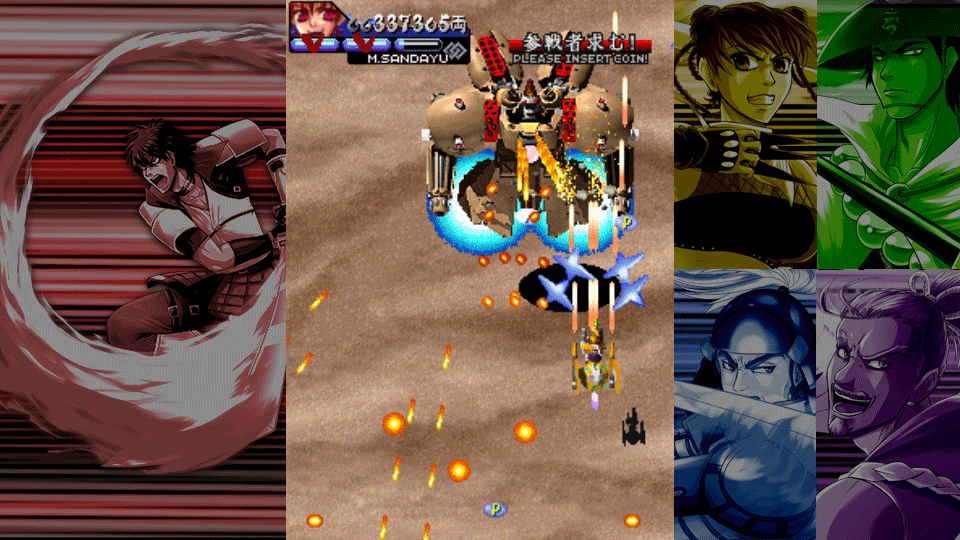
My biggest complaint with The Vasara Collection on the Vita is that it does not feature the new Timeless Mode. This mode utilizes the full screen, updated graphics, and four-player co-op. It looks awesome, but it’s only available on the PS4 and Nintendo Switch versions.
If you are a fan of “shoot ’em ups”, then picking up the Vasara Collection is a no-brainer. However, the omission of the Timeless mode on the Vita makes it the least desirable platform to play it on. If portability is your jam and you don’t own a Switch, consider the Vita. Otherwise, for my money, the PS4 version is superior. Although, at $9.99 for either version, you can’t go wrong.
The Vasara Collection PS4/PS Vita Review
-
Overall - Fantastic - 8/108/10
Summary
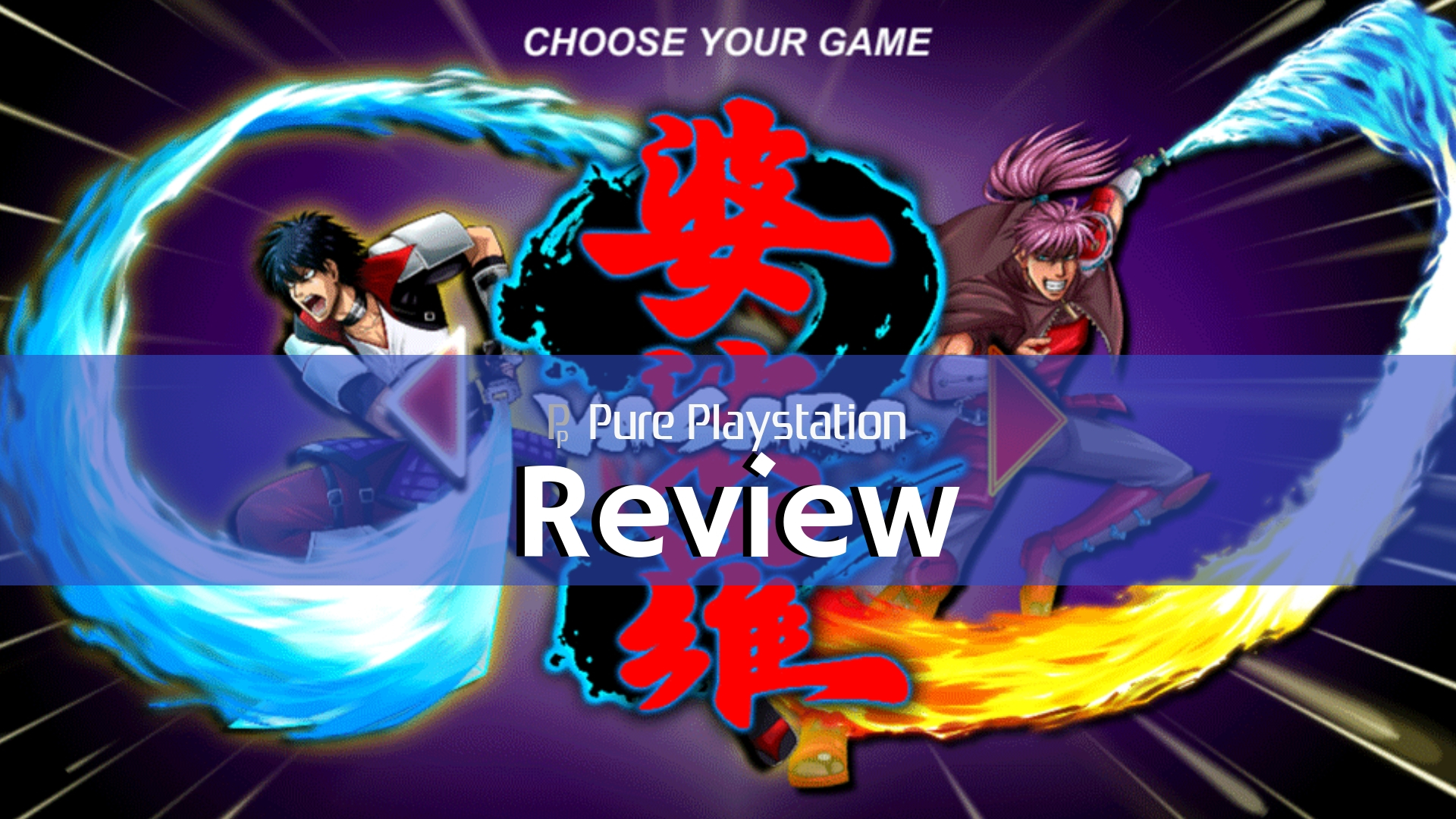
QUByte Interactive brought the acclaimed Japanese arcade classics to the PlayStation 4 and PS Vita and they hold up remarkably well. They look great, sound awesome, and are still a blast to play. If “bullet hell” games are your thing, at only $9.99, the Vasara Collection is as easy a recommendation as I can make. It lends itself to portability, so the Vita is a good choice, but the omission of the feature-rich Timeless Mode for the Vita makes the PS4 version the most desirable.
Review Disclaimer: This review was carried out using a copy of the game provided by the publisher. For more information, please read our Review Policy.
Reviewed using PS Vita.


